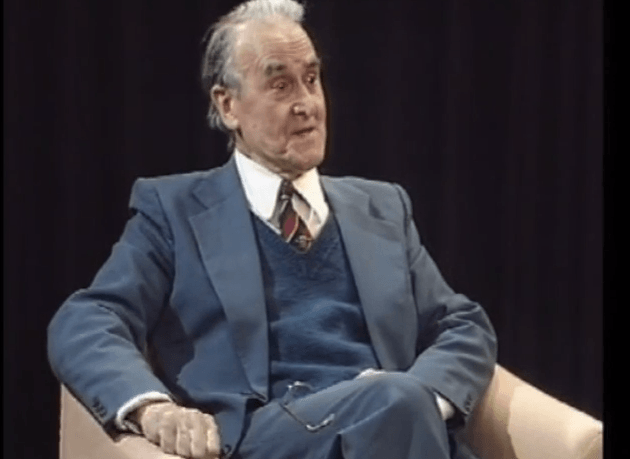The Quintessential of the Action Learning Model
The idea behind the Action Learning Model is that a learner can gather knowledge by working with other peers in a group setting to find a solution to a problem or scenario. In doing so, learners will be able to not only develop their own skill sets and knowledge base, but also those of the group or of the organization.
Reginald Revans also described the Revans Formula as L= P+Q, where:
- L is learning
- P is programming and
- Q is questioning (closed, open, objective, and relative)
The Principles of Action Learning Model
The principles involved in the Action Learning Model are as follows:
- The learning experience should be centered around finding an answer or a solution to a problem that exists in the real world.
- Learning is a voluntary process, and the learner must be willing to learn.
- Action Learning is a highly social activity and process which takes time to be fully effective. The typical action learning program can last between four to nine months.
- Developing the individual's knowledge base and skill sets are just as essential as arriving at the solution to the scenario or problem.
The Action Learning Sets
The groups that are formed in Action Learning are known as “action learning sets”. In action learning sets, the learners are encouraged to meet on a regular basis, explore answers to the problems, and to collectively decide upon the most appropriate solution. Usually, the steps involved in the process are:
- Describing the problem as it is perceived by the action learning set.
- Discussing the problem by allowing each member of the action learning set to ask questions.
- Assessing what has been discovered during the process so far, and determining which action should be taken.
- Evaluating the outcome that was produced by the solution.
- Re-evaluating the problem solving method and determining if it is effective.
The 4 Key Components of Action Learning Theory
In addition to “action learning sets”, there are four other key components that may be applied in an action learning sets:
- A Problem
This is typically a non-technical problem, and must pertain to either strategic or tactical-based scenarios or issues. Within an action learning set there may be one problem or many. - A Client
This is the entity who set forth the problem. This may be a member of the group, an instructor, or an outside organization. - A Set Adviser
This is the individual who facilitates the set and presents the guidelines for the problem solving process. - The Process
this involves an assessment and analysis of the problem, reflection, the formulation of a possible solution or hypothesis. Once all of this has been achieved, then the group is encouraged to take action.
The Action Learning Model is seen as an accelerated learning strategy which can be applied to a wide range of educational settings. Not only is it effective in the classroom, but in the workplace as well. In fact, its proponents suggest that it can me a valuable learning tool in eLearning environments which deal with adult education. Typical tasks may involve group project tasks, games, or an examination of case studies.
Join us at the Instructional Design History Journey
A New Instructional Design Model Will Be Added Every Week! You are more than welcome to let us know if you would like us to cover an instructional design model and theory that is not included at the Instructional Design Models and Theories. Simply leave a comment at the Instructional Design Models and Theories.
References:
- Action Learning in Practice
- Boshyk, Yury, and Dilworth, Robert L. 2010. Action Learning: History and Evolution. Basingstoke, UK: Macmillan. Staff development for online delivery: A collaborative, team based action learning model. Australian Journal of Educational Technology, 2000, 16(1), 26-44. http://ascilite.org.au/ajet/ajet16/ellis.html
- Inglis, S. (1994). Making the Most of Action Learning. Aldershot, England: Gower.
- O'Neil, J., and Marsick, V. J. (1994). Becoming critically reflective through action reflection learning TM. New Directions for Adult and Continuing Education no. 63, 17-29. (EJ 494 200).
- Inside action learning: An exploration of the psychology and politics of the action learning model. Vince, Russ; Martin, Linda, Management Education & Development, Vol 24(3), 1993, 205-215. http://dx.doi.org/10.1177/135050769302400308
- Revans, R (1980). Action learning: New techniques for management. London: Blond & Briggs.
- About Action Learning
- Dr Reg Revans, Australia

